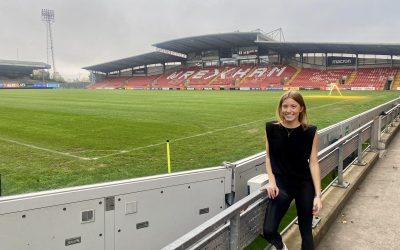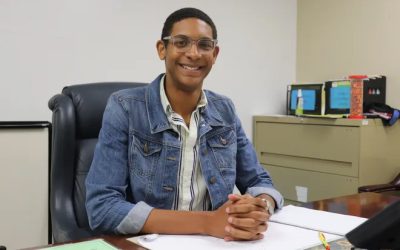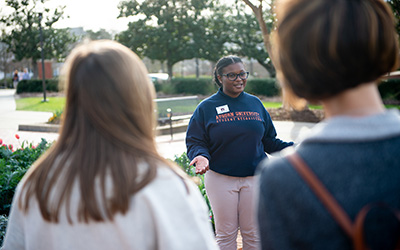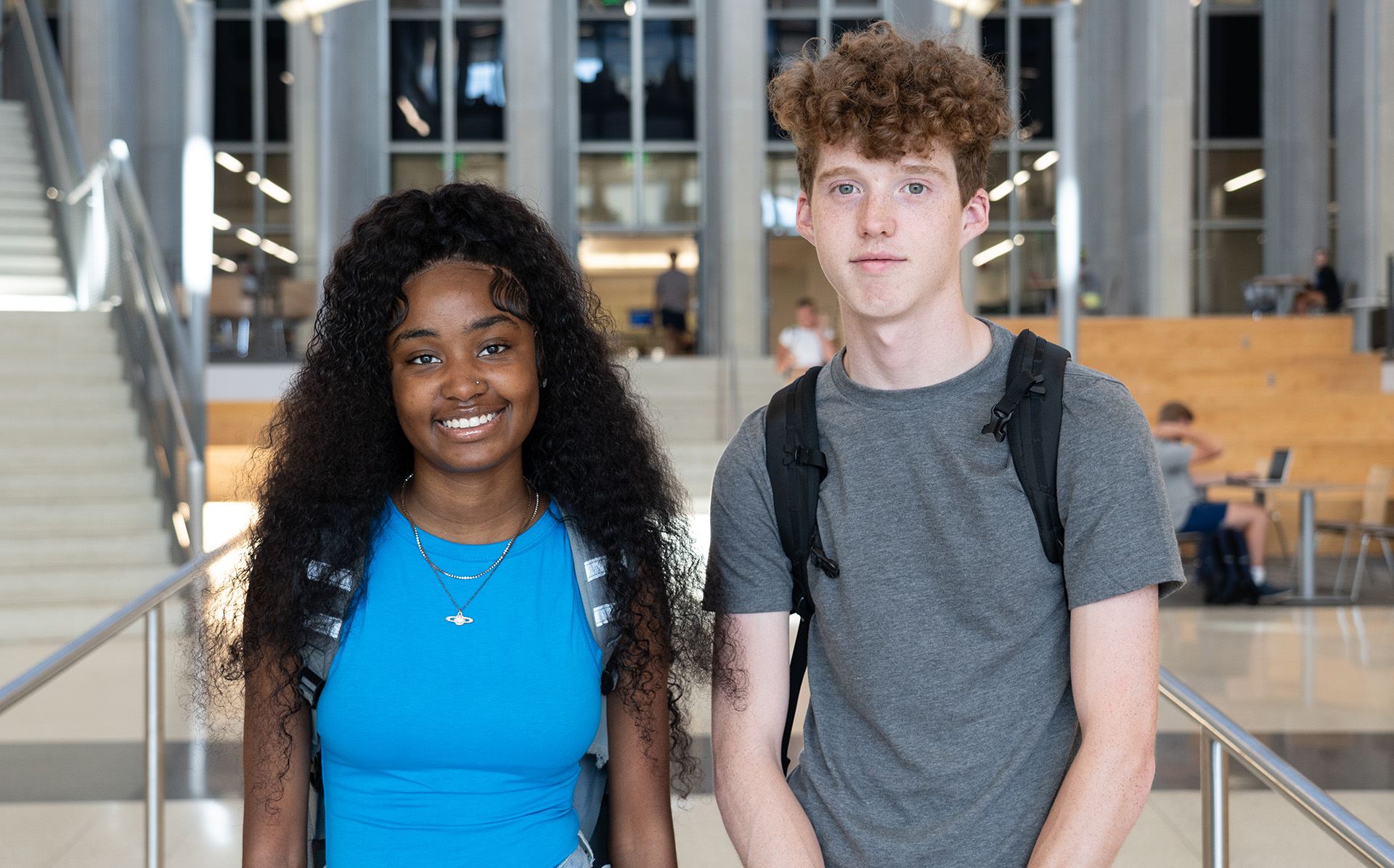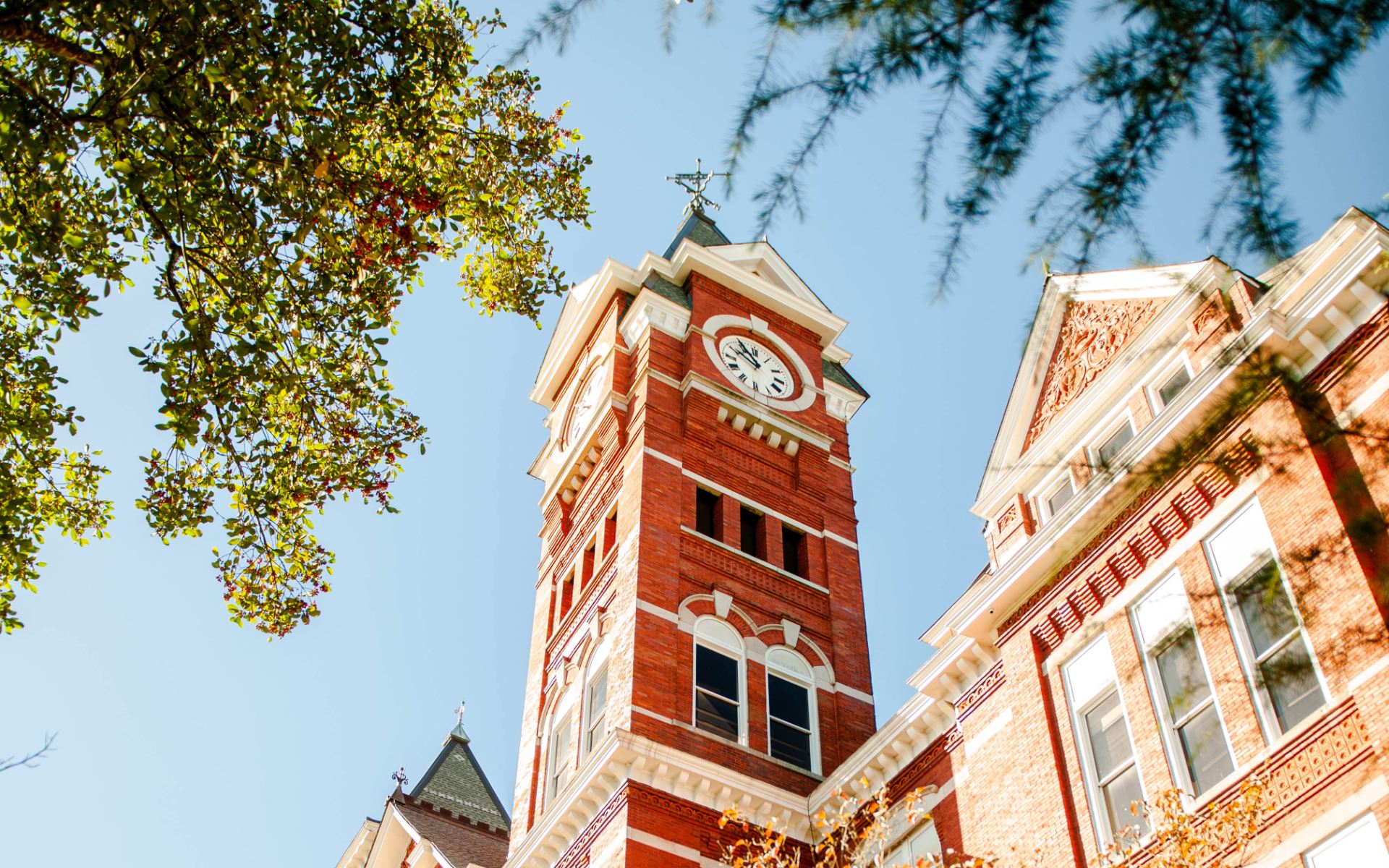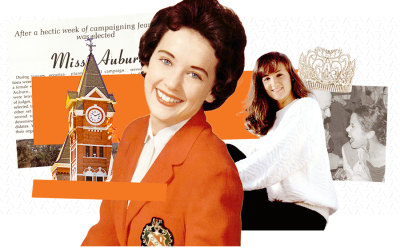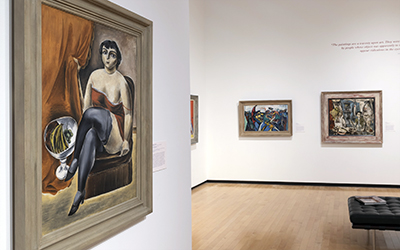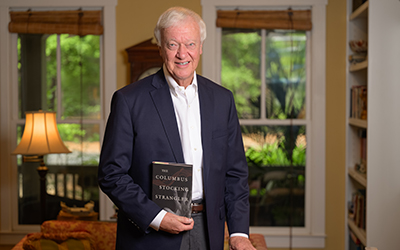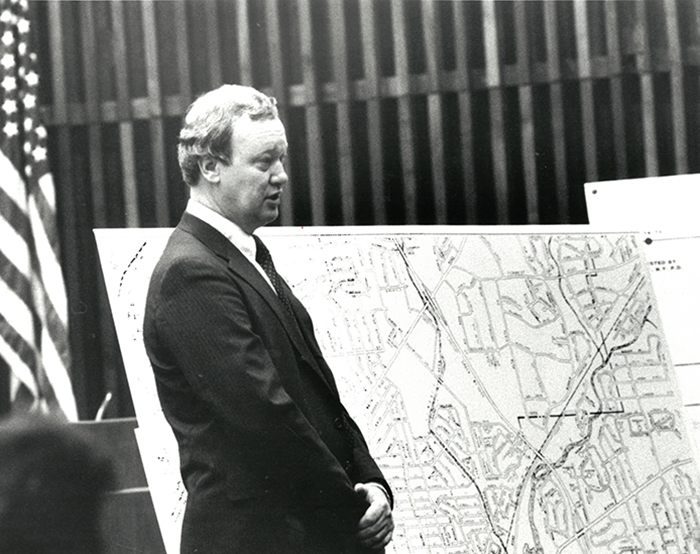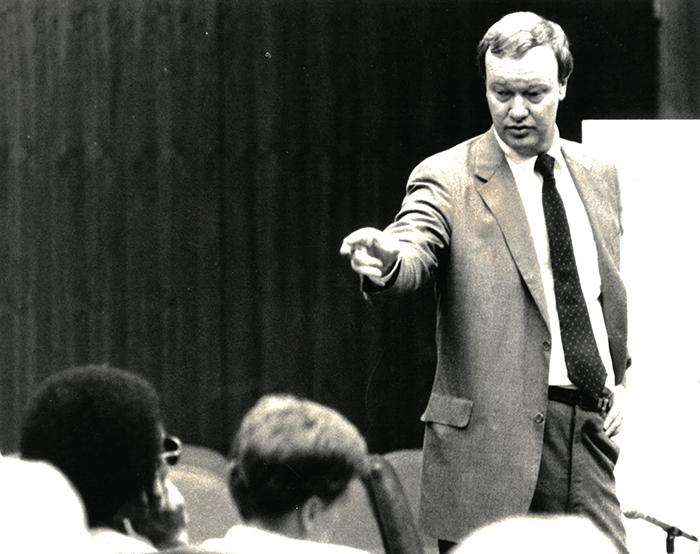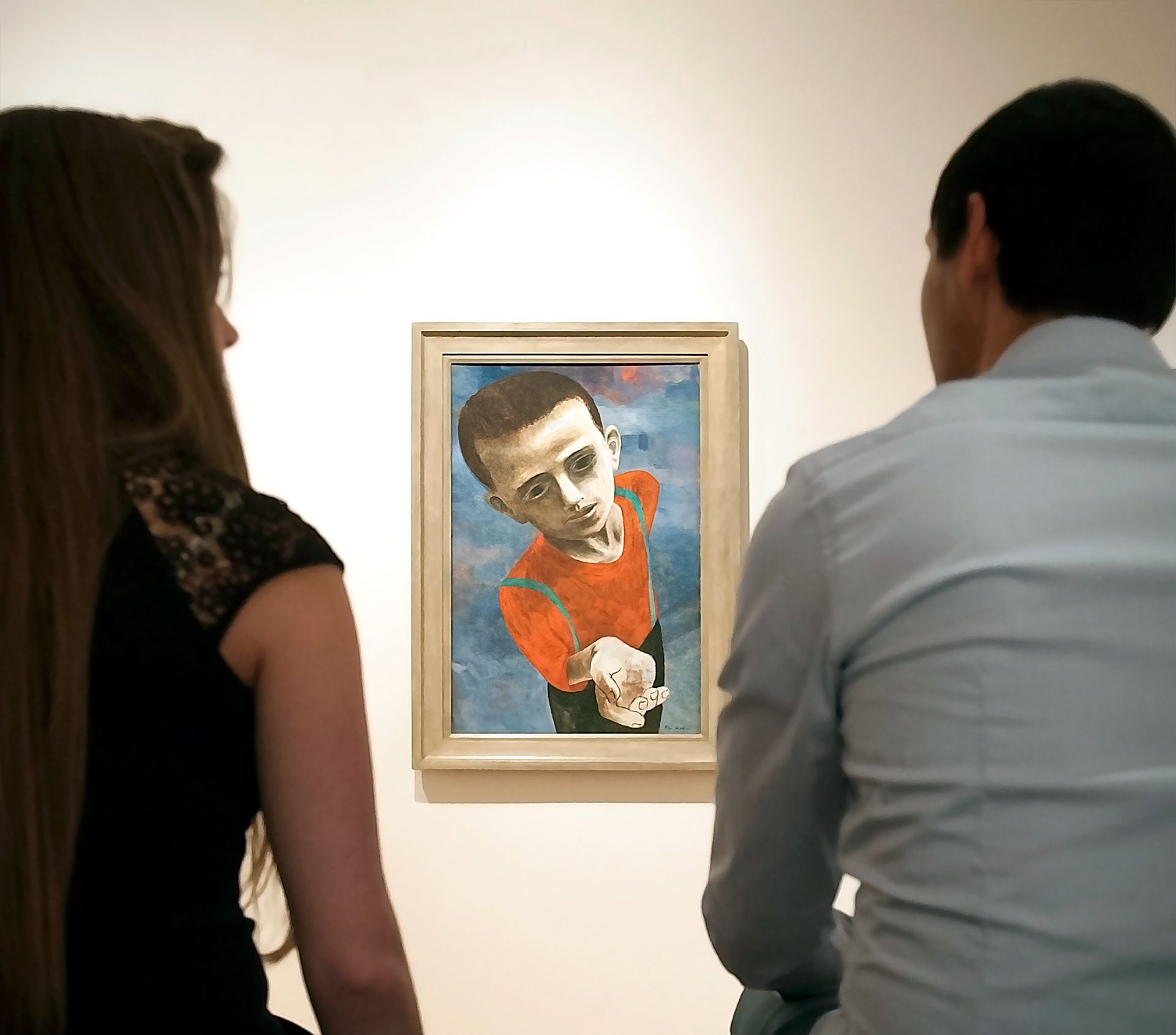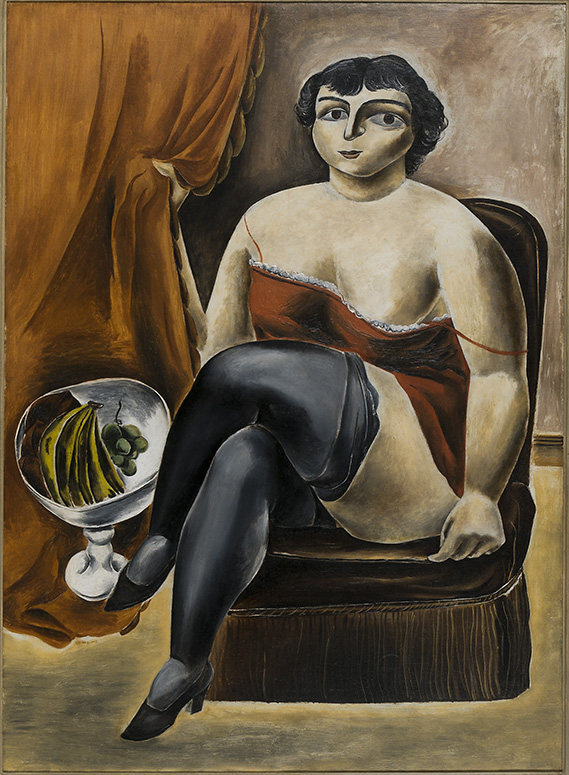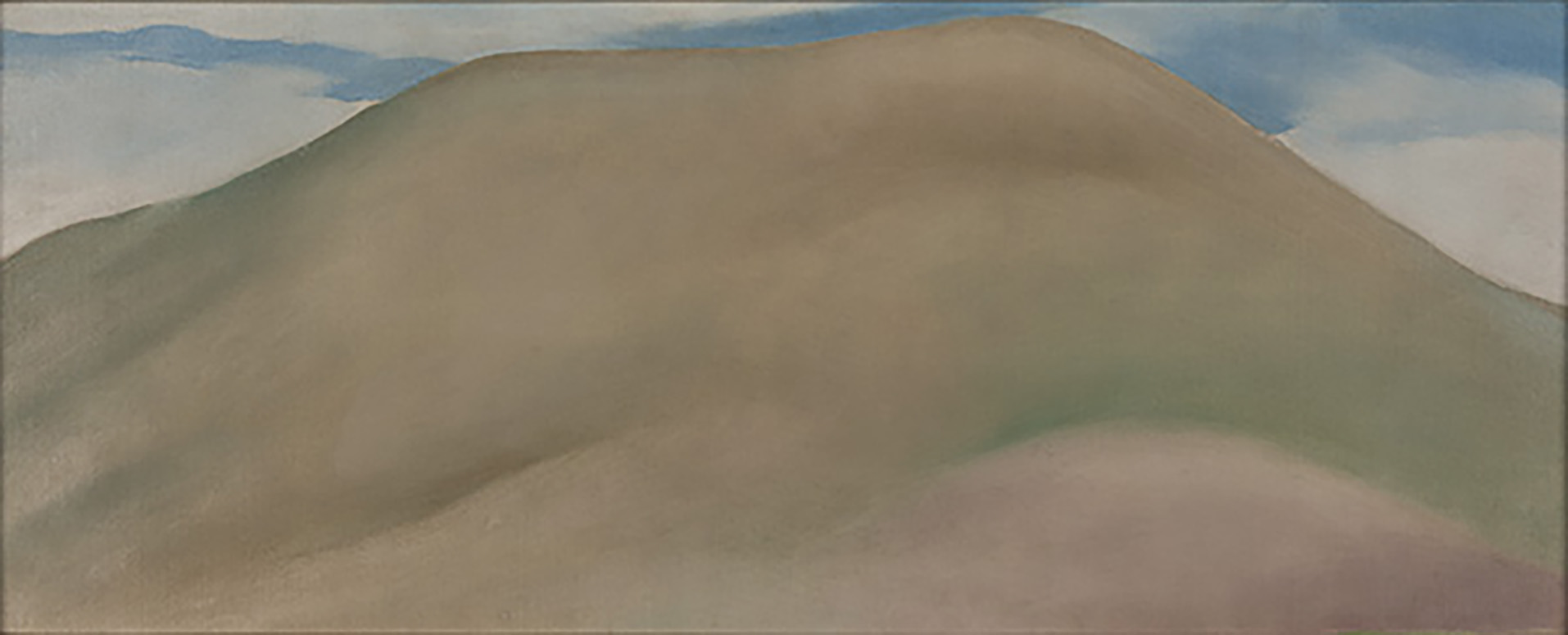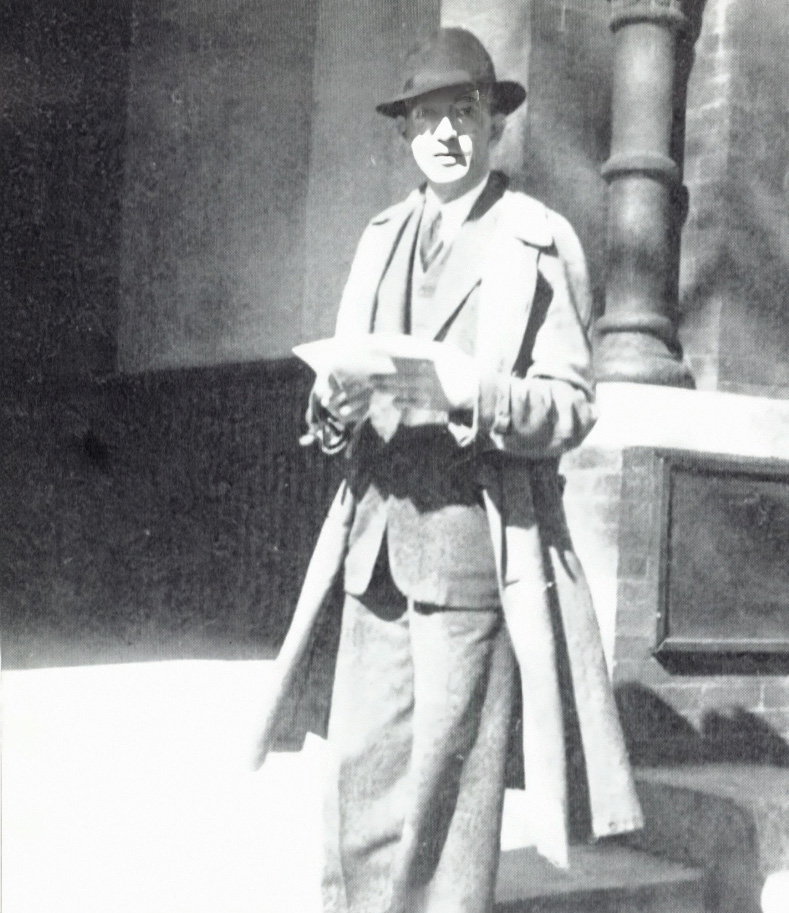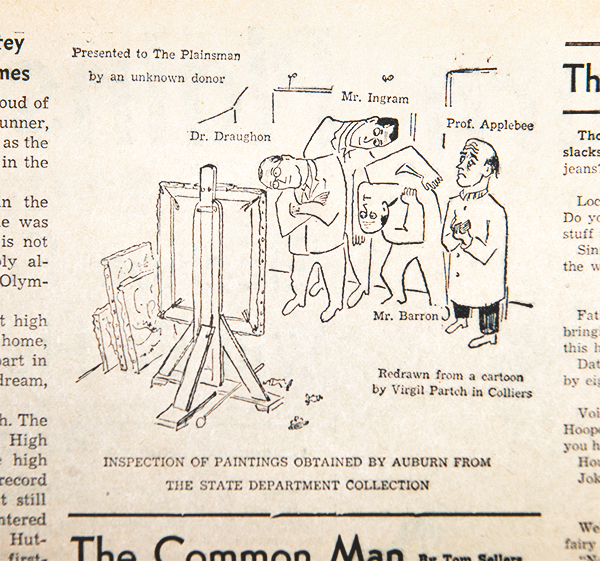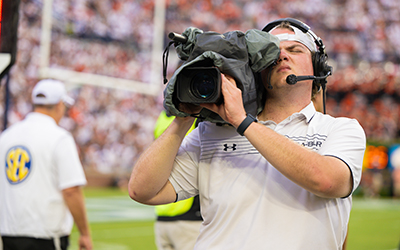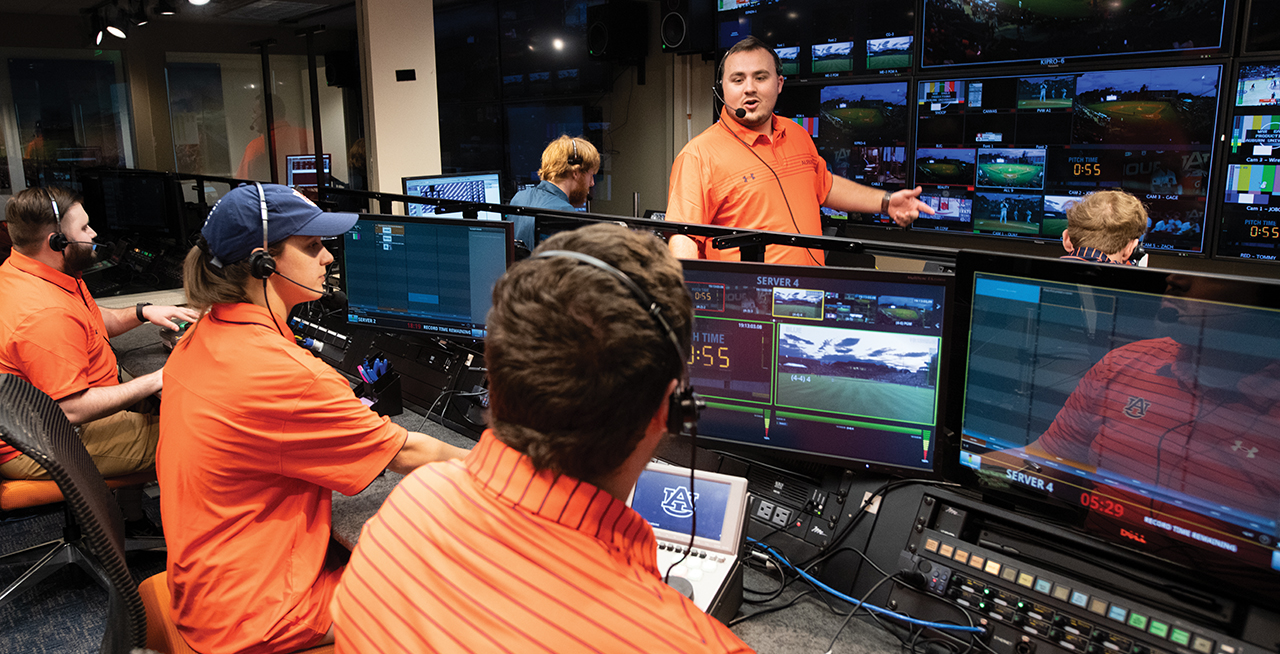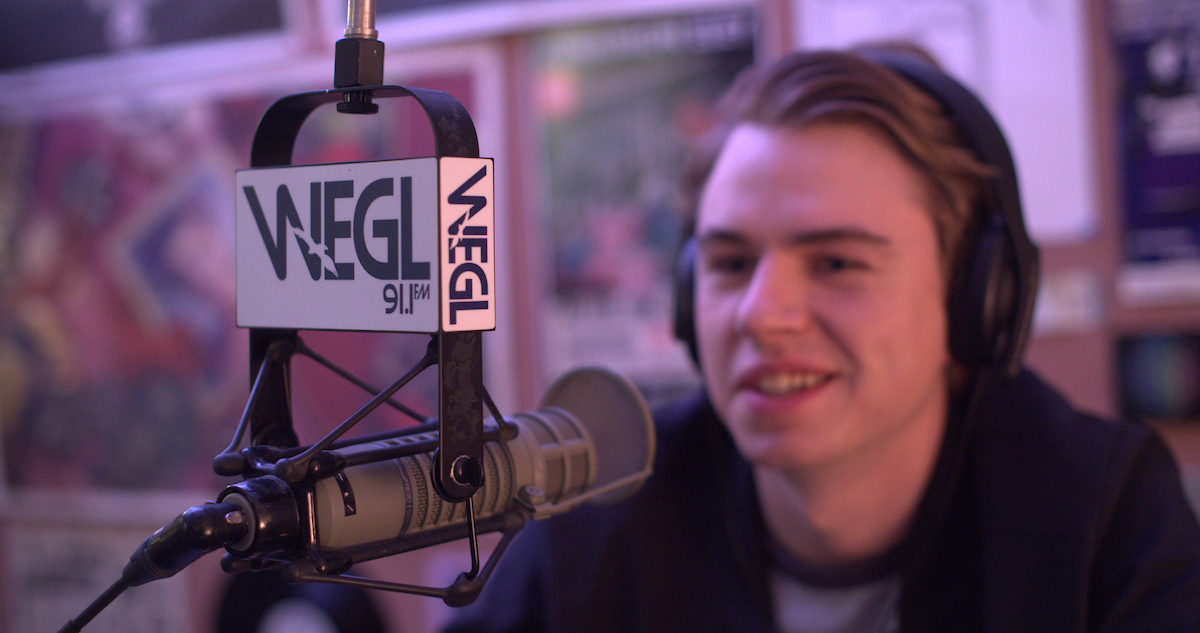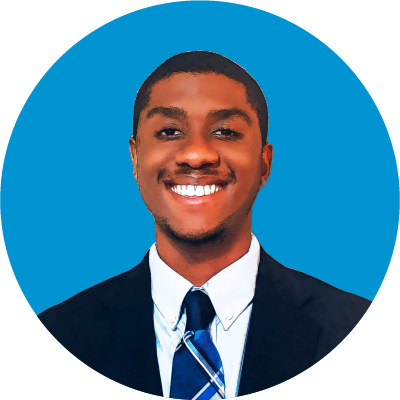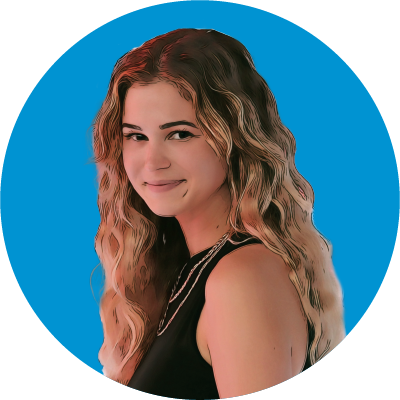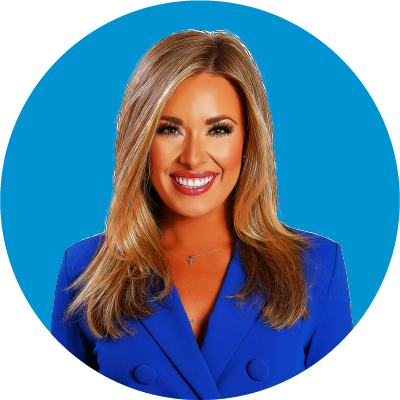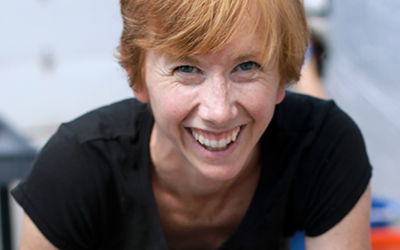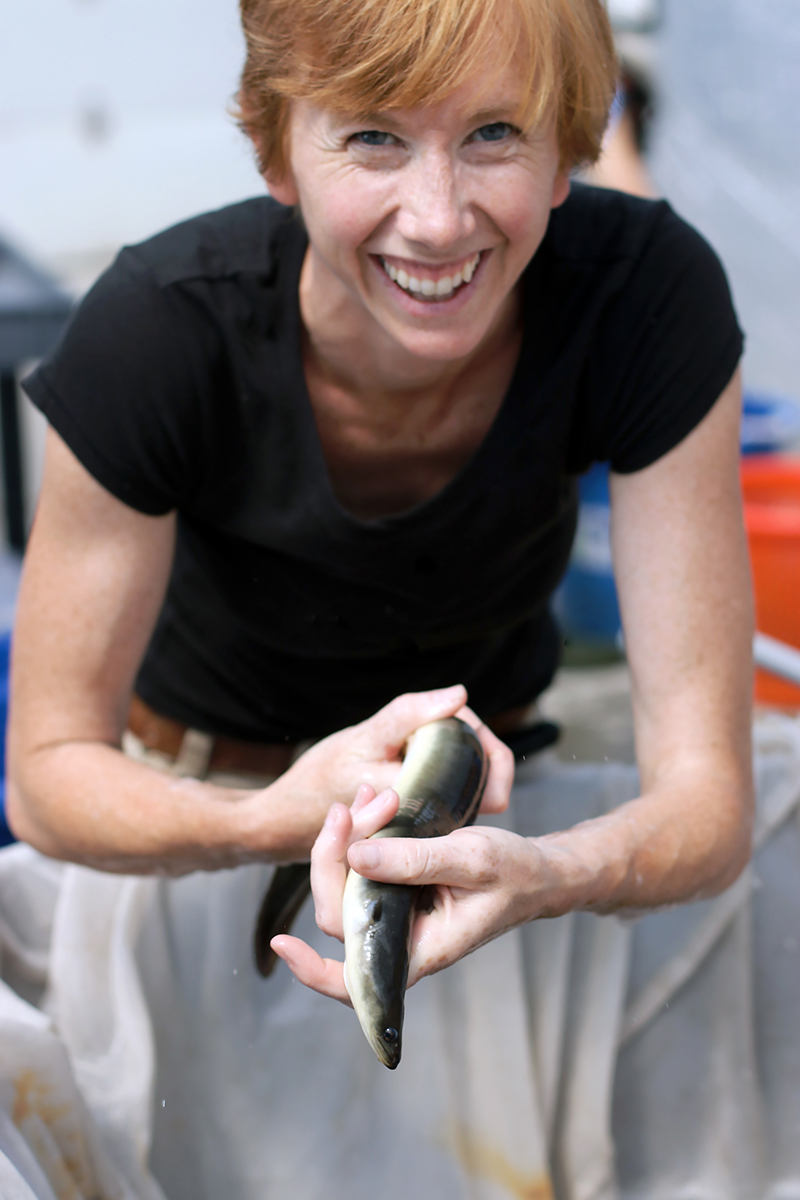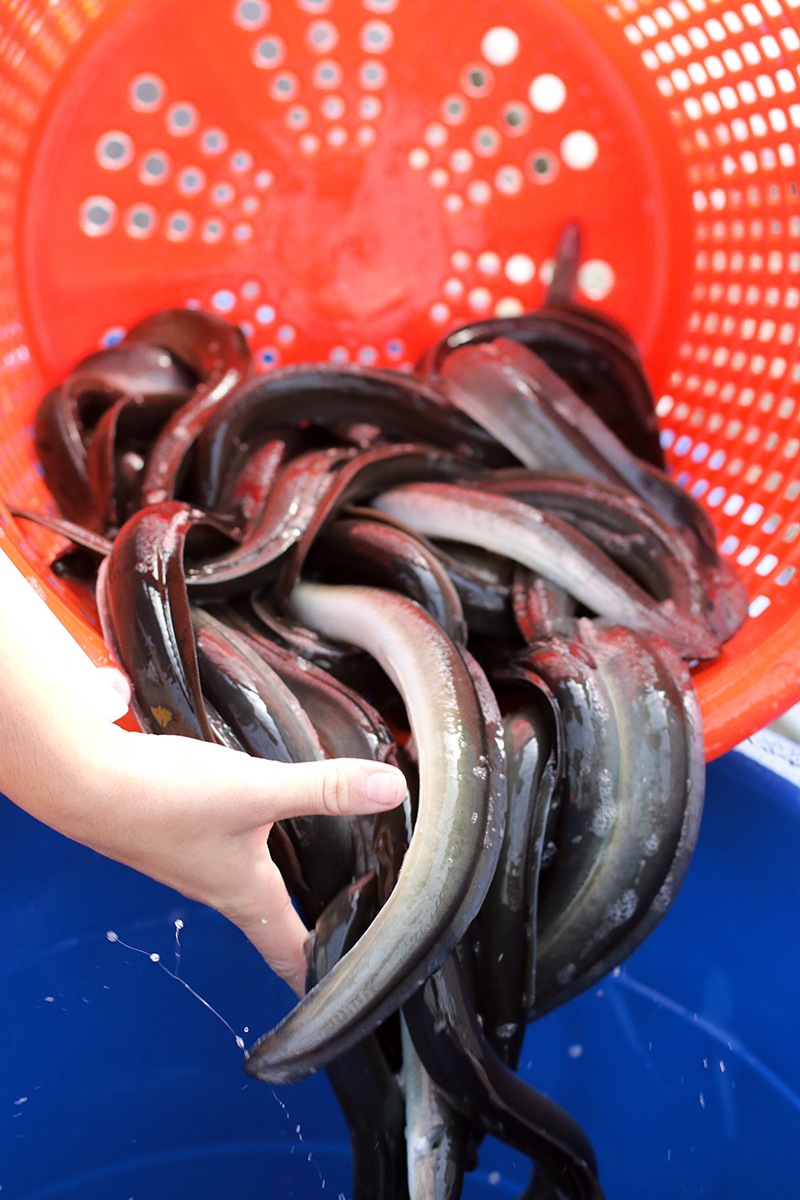A series of unexpected decisions led Megan Feringa ’19 to the world’s biggest sporting stage.

Auburn Alum and NBC Entertainment Correspondent, Chloe Melas, is Making News
A meeting at Auburn’s student-run television station launched Chloe Melas’ career as an entertainment news correspondent for VH1, CNN and NBC News.
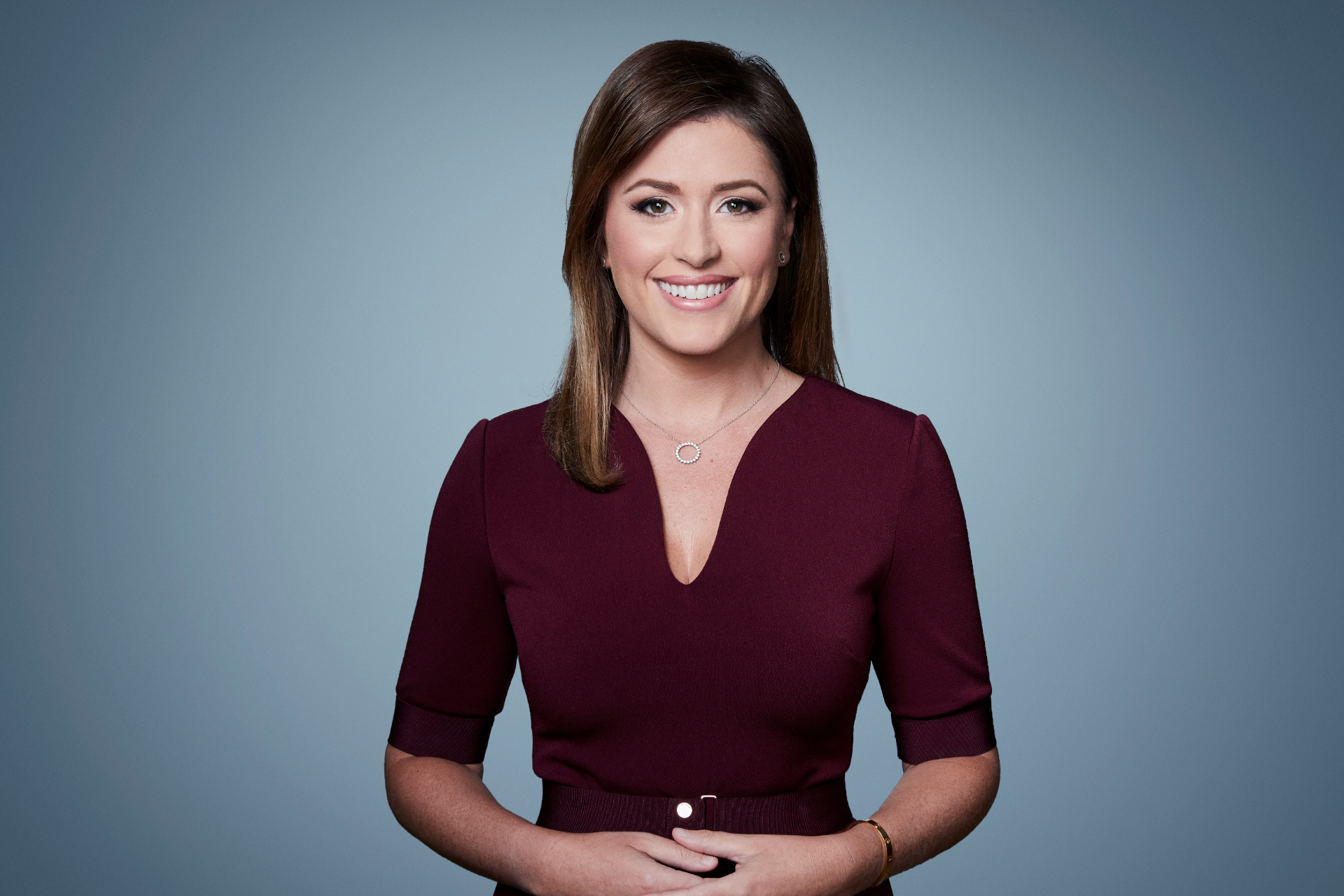
If Chloe Melas’ name or face seems familiar, it’s likely because you’ve seen her reporting big entertainment news stories for CNN and CNN.com. Or now, as an entertainment correspondent for NBC News’ many platforms and programs such as “The Today Show” and “NBC Nightly News,” streaming on NBC News NOW, and with story bylines for NBCNews.com as well as MSNBC. While at CNN, Melas broke major stories about Kevin Spacey and Morgan Freeman related to the #MeToo movement; earlier this year, she was first to report criminal charges were being dropped against Alec Baldwin in the fatal shooting on his “Rust” movie set. In late 2023, Amazon founder Jeff Bezos gave Melas a rare and exclusive interview in which he said he plans to give away most of his fortune during his lifetime.
In this wide-ranging conversation, Melas, with generosity and humor, describes how her mom secretly applied to Auburn for her and how Eagle Eye became her “place”; how cold calling a neighbor led to her first job; why she is passionate about journalism and breaking news, as well as why her current role at NBC News is her dream job.
This interview has been edited for length and clarity.
Where are you from?
I was born in Atlanta and lived there until I was 10, and then my family moved to Dallas. I lived there until I went off to college. It’s hard for me to say where my hometown allegiances lie, so I usually claim both places.
How did you end up at Auburn?
My plan was to attend the University of Missouri because I had been accepted into their journalism program. I had visited Auburn and thought the campus was beautiful, but I had made up my mind about Missouri—it was journalism or nothing for me.
Then my mom said to me, “You know, you’re going to regret not going to school closer to home, now that we’re moving back to Atlanta.” She really kind of freaked me out! Turns out she had applied to Auburn for me, without me knowing about it, and I had been accepted. So in the middle of the summer I changed my mind and decided I would go to Auburn instead.
When researching for our conversation, I read you initially felt out of place at Auburn, but when you joined Eagle Eye TV, you found your niche.
My sophomore year I started showing up at Eagle Eye [AU’s student-run TV station] meetings. At my first pitch meeting, I said I wanted to find the best barbecue in Auburn, and it was really an excuse to eat at different barbecue restaurants for free. [Laughs] So I took a camera and went all around and then I went to an edit bay at the library. A nice guy there helped me edit my pieces because I didn’t know how to use any of the programs. I did a lot of different features by myself, and I loved it.
Then I tried out for an anchor spot, and to my shock, I was chosen. That led to me anchoring the spring of my sophomore year and all through my junior and senior years.
How did you get your first job out of college?
I had interned the summer after my senior year with “The Colbert Report” and loved both it and living in New York City. I knew I wanted to stay but obviously had to have a job. I was applying for everything and wasn’t having any luck.
The way it eventually worked out was through a neighbor of my parents, whom I had never met: Gary Tuchman, a longtime reporter for CNN. My mom gave me the neighborhood directory and I left a message on his home phone—this was 2008—asking if he could connect me with anyone at CNN. He’s my mentor to this day, and he made some very kind introductions for me with a few journalists at CNN in New York.
I went in for an interview, and at the end of it, they told me there was no job. It was just an exploratory interview. I was heartbroken. This was around Thanksgiving and I was getting ready to go home. I would have to tell my parents I couldn’t get a job, so I couldn’t stay. But as I was boarding the plane, CNN called and said someone turned down a news assistant position—did I want it? Of course I did! I didn’t know how much it paid. I didn’t know the hours. I didn’t care.
What came after that?
I was at CNN for a year and then Bonnie Fuller, who had been the editor of Glamour, started a website called “Hollywood Life,” and she offered me a reporting job. I thought entertainment sounded fun, and lighter. Turns out it is fun but it’s not necessarily lighter.
My last two years at “Hollywood Life” I also hosted a weekday morning TV show on VH1 called “The Gossip Table.” There were five of us on it, all from different news outlets, and we talked about the news of the day and our scoops. It was a great experience, learning how to be on live television and putting a daily show together.
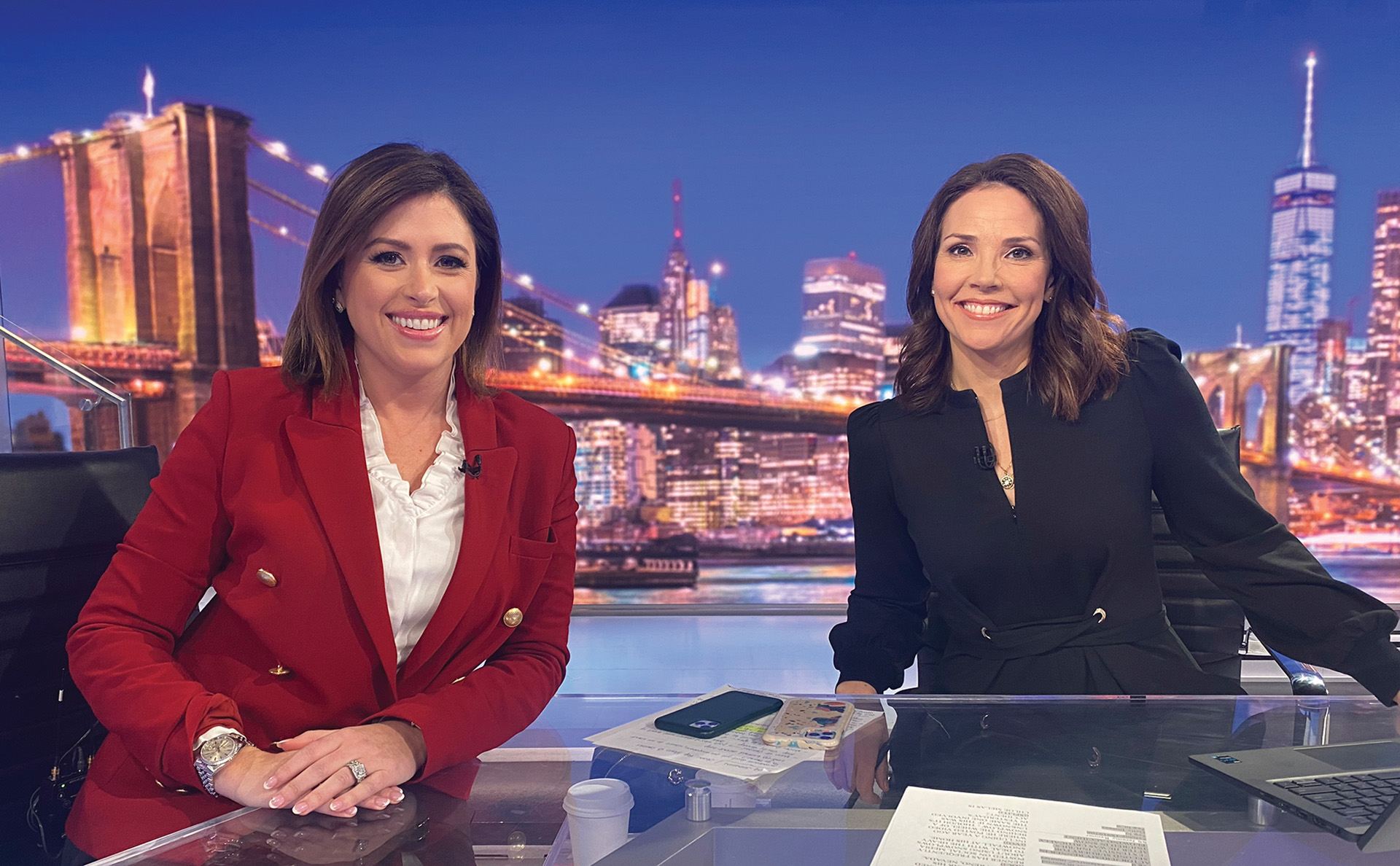
Do you feel like that particularly prepared you for what you did at CNN and now at NBC?
It all adds up, everything you learn along the way. I first learned how to interview for my high school newspaper. And then in college at Auburn I learned what it took to go out with a camera and be a one-woman band. At CNN, I saw what’s required to be in a big newsroom. Then at “Hollywood Life” I learned how to cover events and build sources. I also learned how to write and report.
By that point I felt like I was doing more gossip and wanted to do harder entertainment news, and that’s what brought me back to CNN. I was there for seven years and that’s where I learned how to do investigative journalism.
I also saw how reporting can be impactful and can affect real, positive change. And that’s also where I got my field experience, covering things like the Britney Spears conservatorship case, Kobe Bryant’s funeral and the shooting incident on Alec Baldwin’s “Rust” set.
What do you find it worthwhile—and challenging—about entertainment reporting?
Look, it’s not specific to entertainment: I love journalism, I love breaking news and I love being first—and right. I care about getting the news out there, entertainment or otherwise. Of course I love pop culture but I am not a pop-culture junkie. I am a breaking-news junkie. So if you put me on another beat,
I’m pretty sure I could break news there. I landed in entertainment and here we are, 16 years later. I’ve had a wonderful time doing it and I’ve built incredible sources.
And in terms of challenging—there’s a new challenge every single day. This work is about building trust and getting people to feel comfortable talking to you, and showing your sources and your people that you are a trustworthy person who wants to get the facts out there.
What are you looking forward to with your role at NBC?
I’ve always wanted to work at NBC. I grew up watching “The Today Show” and “NBC Nightly News,” and walking into 30 Rock every day this week, coming to work with the journalists I’ve admired for so long, has been a dream come true. I’m excited to do great work here alongside my fellow journalists.
My actual role is entertainment correspondent, reporting across all platforms. So on any given day you might see me on MSNBC or on “Nightly News” or with a byline on NBCNews.com. It also depends on the news of the day—if there’s a massive story, like when I was reporting on Kevin Spacey in 2017, then I would be on-air throughout the day.
My family believes journalism is integral to the world and that good journalists are needed. We wanted to support the wonderful things Eagle Eye Studio is doing. It was a decision we made together, and we were excited to do it.
And now the studio has your name on it.
How fun is that? Maybe one of my children will go to Auburn and be part of Eagle Eye. That would be something.
Do you try to get back to Auburn every year?
Brian, my husband, loves SEC football. His biggest regret is that he did not go to school in the SEC. He’s a New Yorker, and he went to the University of Rhode Island. I’ve brought him down to games, and it’s always so much fun. This year we’ll be there for Homecoming. Brian hasn’t been to an Iron Bowl yet because it’s Thanksgiving, and he has a big Italian family, and they take Thanksgiving very seriously.
I love Auburn so much and I really hope that one of my boys goes to Auburn. I talk to them about it all the time. [Laughs] Maybe they’ll grow up and feel like they have no other option.
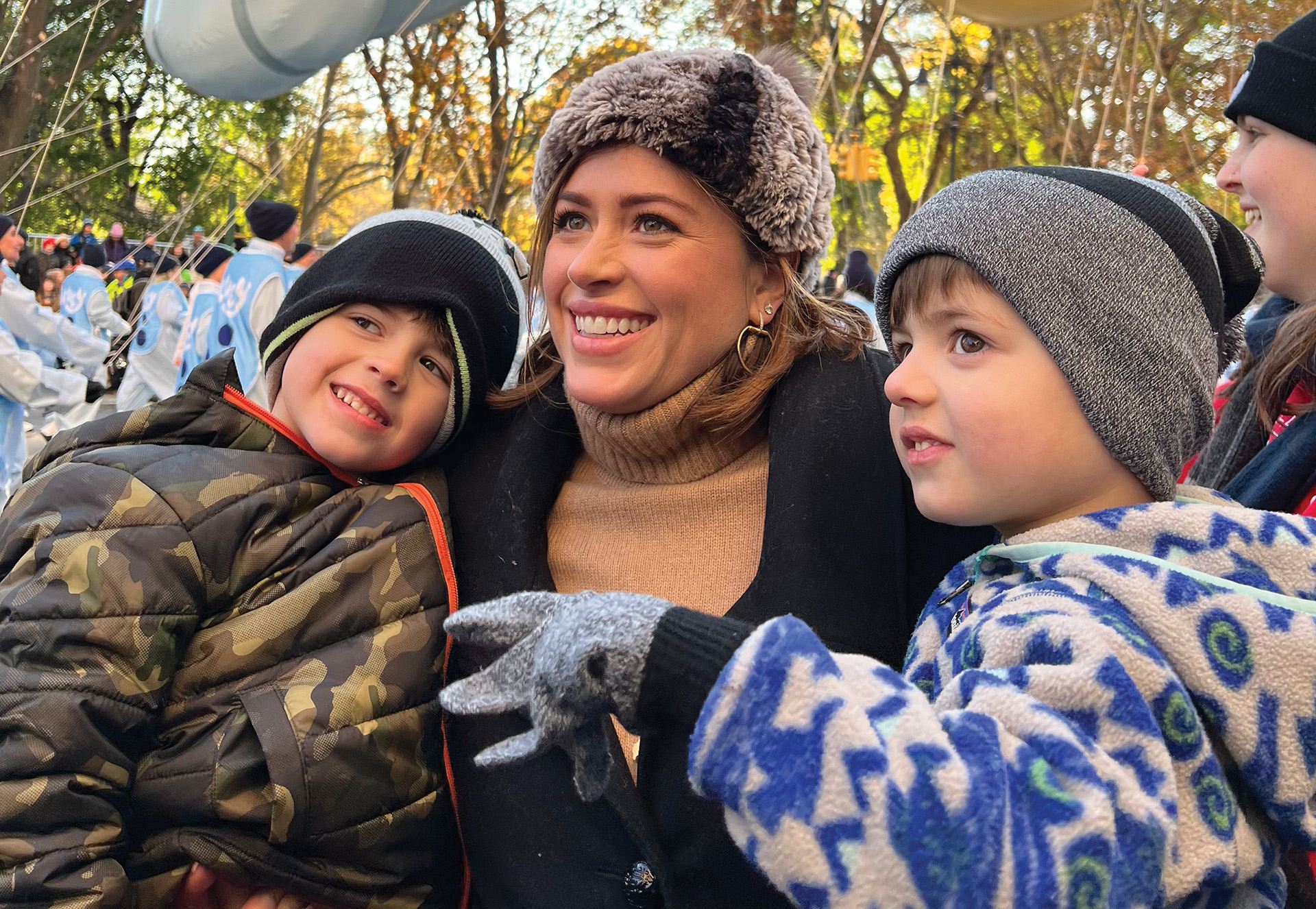
Chloe Melas at the 2022 Macy’s Thanksgiving Day Parade with kids Leo (left, age 5) and Luke (3).
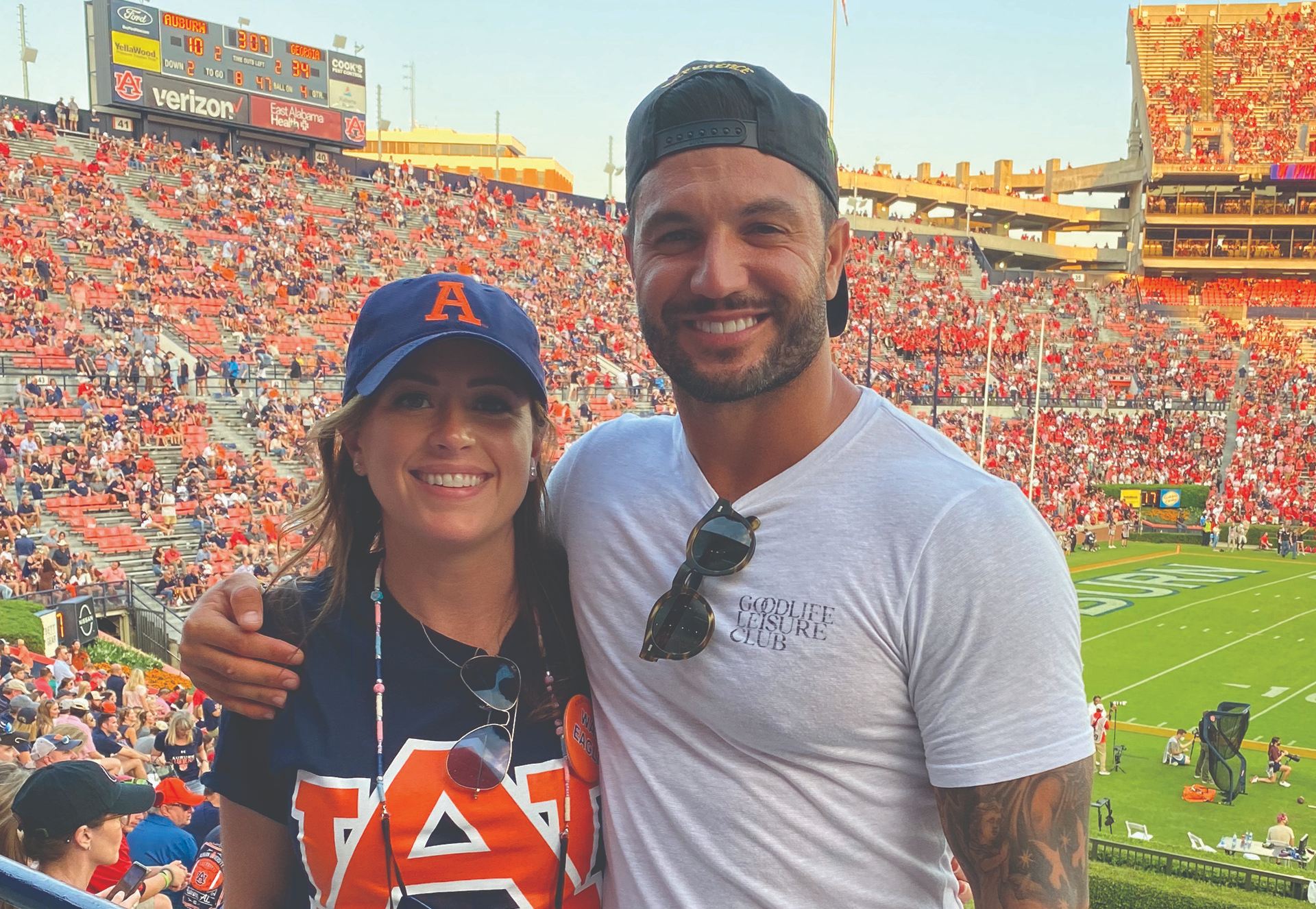
Luck of the Draw
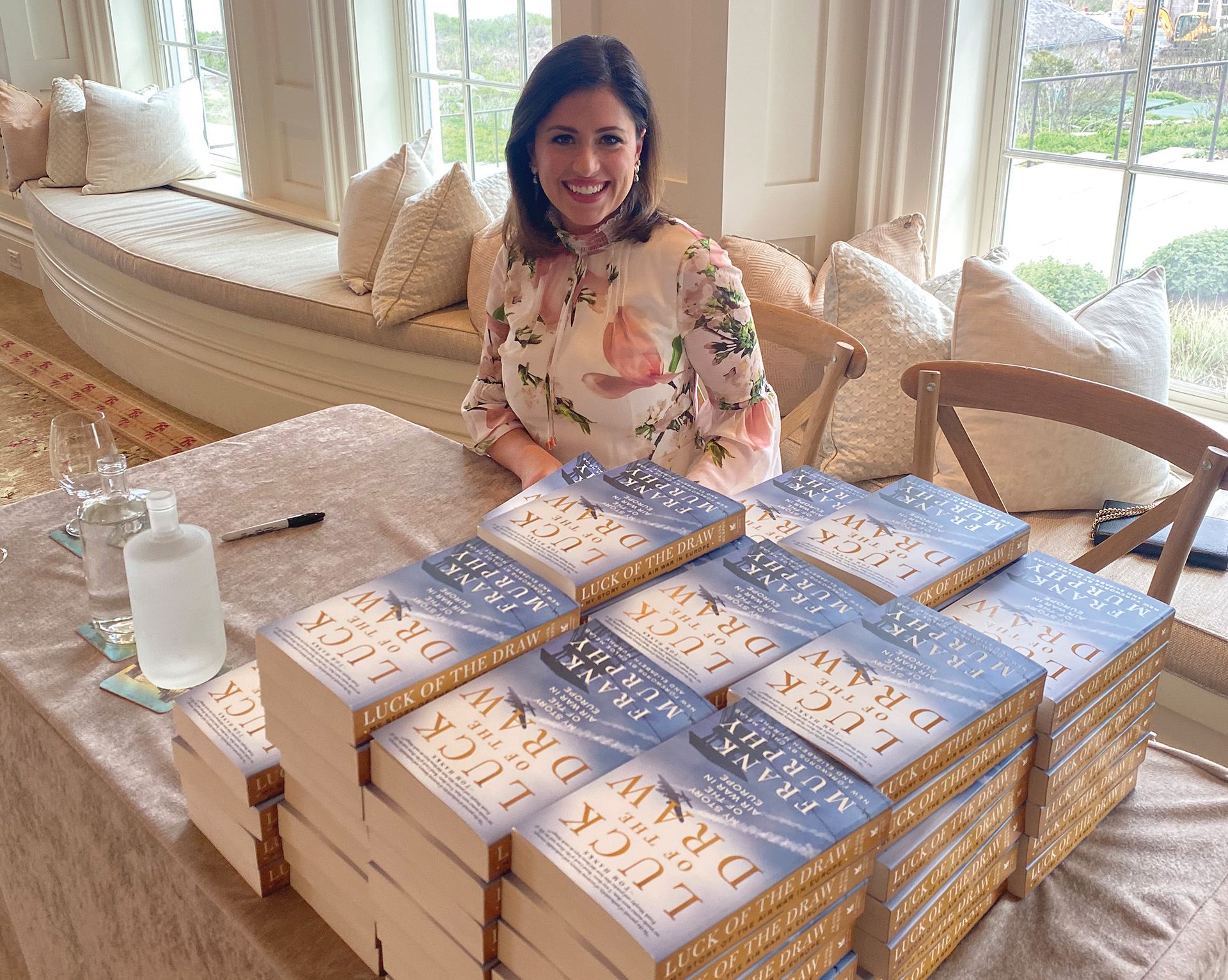
Murphy wrote about this, and about surviving a German POW camp after being shot out of his B-17 Flying Fortress, in “Luck of the Draw,” a book he self-published for his family in 2001.
Years later, Melas learned Tom Hanks and Steven Spielberg were producing a TV show for Apple+ called “Masters of the Air,” based on the book of the same name, that will round out the WWII trilogy that includes “Band of Brothers” and “The Pacific.” Murphy will be a character in the show, and Hanks and Spielberg used “Luck of the Draw” as part of their research.
Melas said, “I told my mom and my grandmother—she’s still alive—‘We have to get the book published with a big publisher.’ I spearheaded our effort, a process that took three years. Ultimately St. Martin’s picked it up and released the book on February 28 of this year, and it became a New York Times bestseller.”
Megan Feringa ’19 Covers The FIFA Women’s Soccer Game
Jumping In
Ambition, drive and a rock ‘n’ roll vision helped two Auburn graduates build a global outdoor lifestyle brand.
The Age of Reason
Twenty-year-old mediator Jamie Lowe brings a different perspective to the table.
Megan Feringa ’19 Covers The FIFA Women’s Soccer Game
A series of unexpected decisions led Megan Feringa ’19 to the world’s biggest sporting stage.
Jumping In
Ambition, drive and a rock ‘n’ roll vision helped two Auburn graduates build a global outdoor lifestyle brand.
The Age of Reason
Twenty-year-old mediator Jamie Lowe brings a different perspective to the table.
